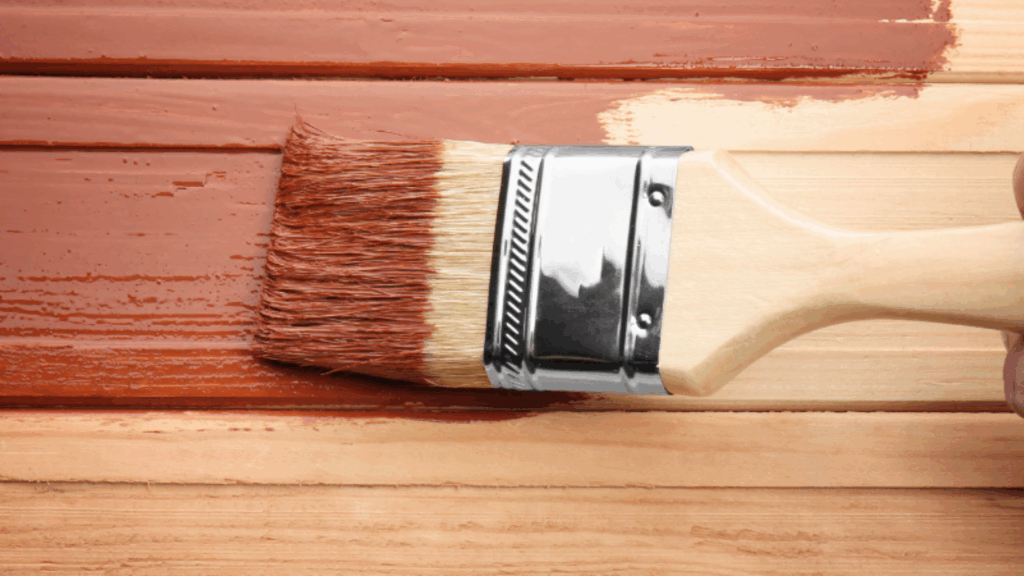Painting outdoor wood can be tricky. If you don’t use the right paint, the wood can crack, peel, or fade too fast.
I’ve had that happen before, and it’s not fun to redo a whole project. The good news is, there are paints made to handle all kinds of weather.
If it’s rain, snow, or strong sun, the right paint can protect your wood and keep it looking clean and fresh all year long.
You might be wondering which paint is actually worth buying. There are so many kinds out there, and not all of them work the same.
I’ll help you understand what makes some paints better for wood outside.
You’ll learn which types to use, how to apply them the right way, and what to look for when shopping.
If you want your outdoor wood to last and look good season after season, this guide will walk you through it all.
Why Choosing the Right Outdoor Wood Paint Matters
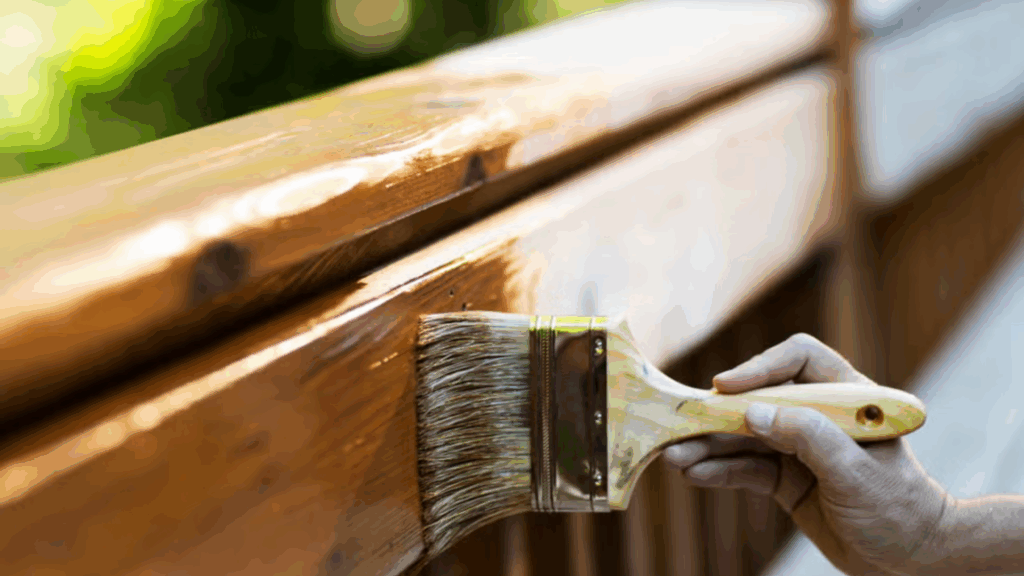
Outdoor wood takes a beating from the sun, rain, wind, and even snow. Using the wrong paint can lead to peeling, cracking, or rotting much sooner than expected.
A high-quality exterior paint does more than just add color-it protects the wood and extends the life of the project.
Choosing the right paint helps save time, money, and effort in the long run. It also keeps wood looking neat and holding up well through every season.
Here’s why using the right paint really matters:
- Shields wood from moisture and harmful UV rays
- Helps prevent mold, mildew, and rot
- Makes surfaces easier to clean and care for
- Reduces how often repainting is needed
- Maintains color and finish over time without peeling
Types of Outdoor Paints for Wood
Different paints work better for different outdoor wood projects. Knowing the differences helps pick the right one for long-lasting results and less maintenance.
1. Acrylic Paint
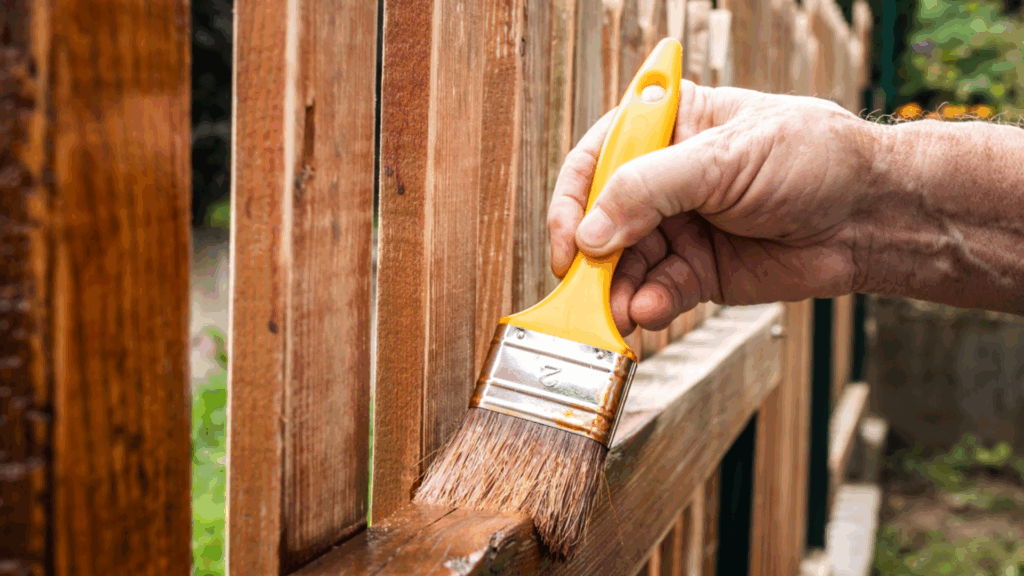
Acrylic paint is one of the top choices for outdoor wood due to its strength, flexibility, and weather resistance.
It holds up well through seasonal changes and doesn’t crack or peel easily.
Acrylic also allows moisture to escape, which helps prevent mold from growing beneath the surface.
This type of paint stays vibrant longer and requires less maintenance over time, making it a reliable option for most exterior wood projects.
- Great for fences, siding, and outdoor furniture
- Resists cracking, peeling, and fading
- Breathable to help prevent mold buildup
- Easy to apply with a brush, roller, or sprayer
2. Latex Paint
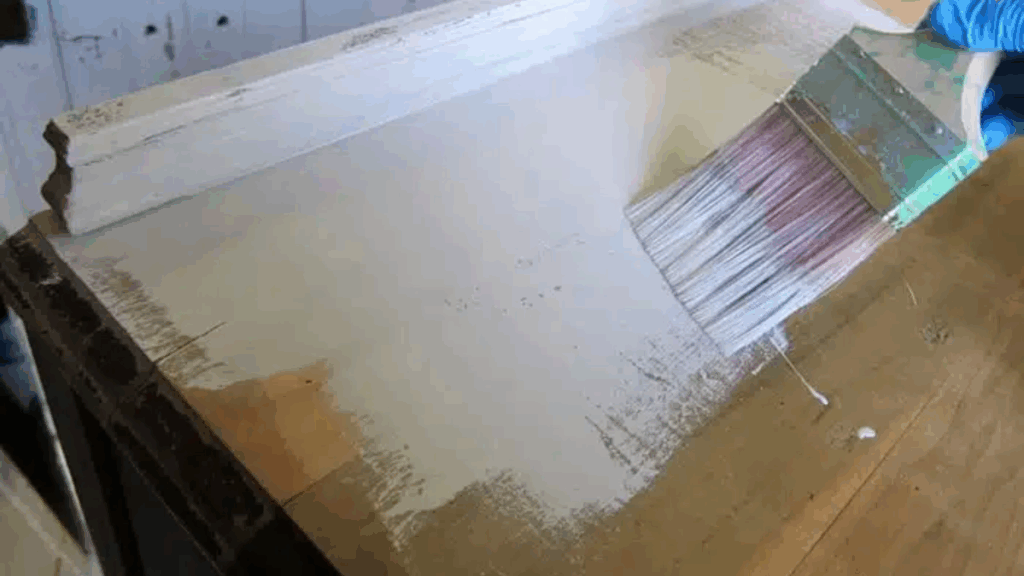
Latex paint is a water-based option that’s easy to apply, dries quickly, and has a low odor.
It works well for outdoor wood projects that don’t face heavy use, such as sheds, planters, or garden accents.
While it may not be as long-lasting as acrylic, latex offers good UV protection and comes in many colors.
It’s also budget-friendly, making it a practical choice for smaller or decorative projects.
- Best for low-use areas like sheds and planters
- Dries quickly with easy cleanup
- Offers decent sun protection
- Budget-friendly and beginner-friendly
3. Oil-Based Paint
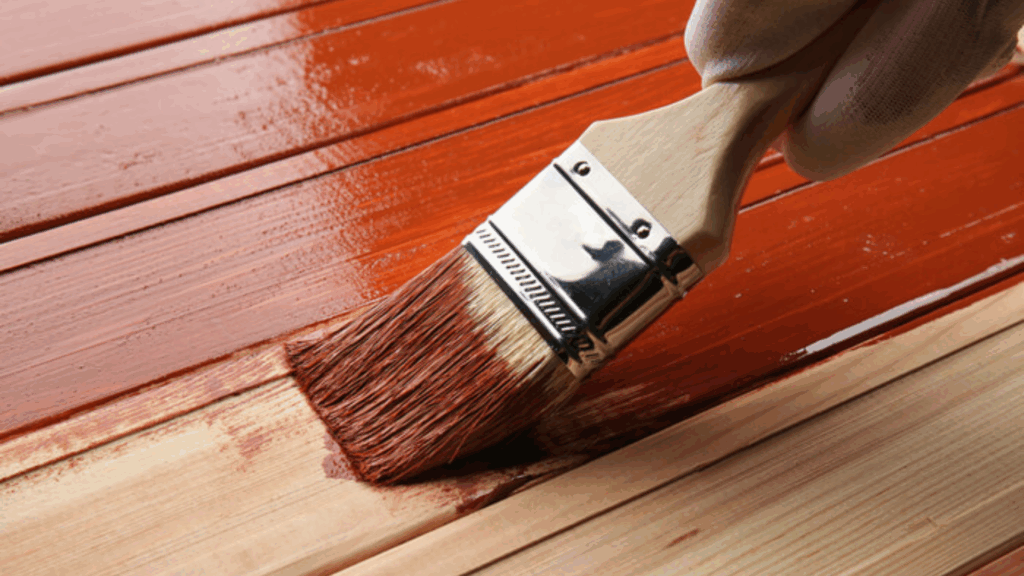
Oil-based paint delivers a hard, durable finish that stands up to heavy wear.
It’s especially useful for surfaces like doors, railings, or steps that get regular use.
This paint creates a strong protective layer that resists scratches and damage.
Although it takes longer to dry and has a stronger odor, it performs well over time.
Proper ventilation and solvent-based cleaners are needed when working with this type of paint.
- Best for doors, railings, and high-traffic spots
- Creates a tough, long-lasting finish
- Takes longer to dry and needs solvent cleanup
- Can yellow over time in shaded areas
Choosing Between Acrylic, Latex, and Oil-Based Paint
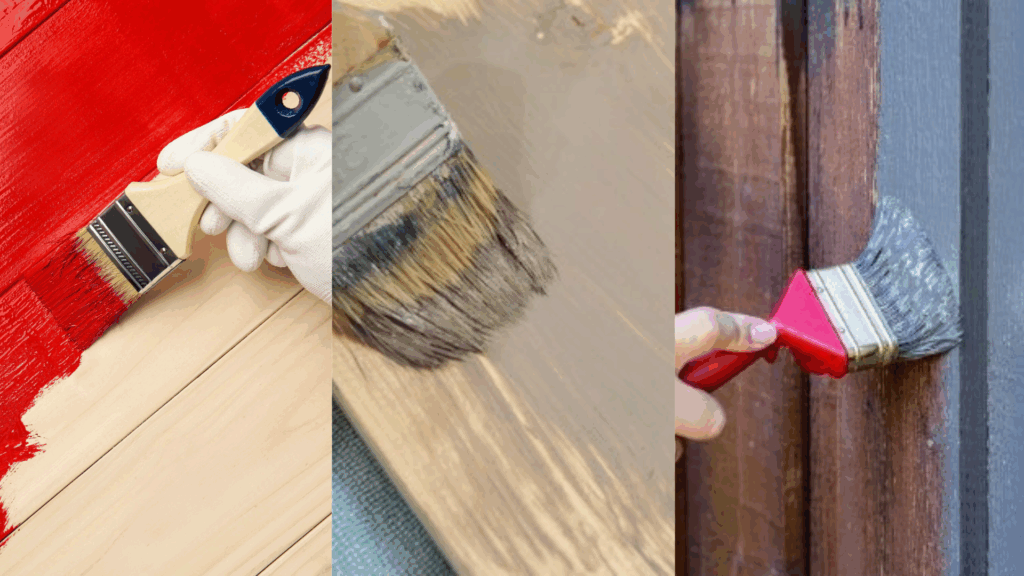
Choosing between acrylic, latex, and oil-based paint depends on your project needs.
Below is a quick table to help you see how each type compares in key areas.
| Feature | Acrylic Paint | Latex Paint | Oil-Based Paint |
|---|---|---|---|
| Durability | High | Moderate | Very High |
| Drying Time | Moderate | Fast | Slow |
| Cleanup | Soap and Water | Soap and Water | Mineral Spirits/Turpentine |
| Best Use | Siding, fences, furniture | Sheds, planters | Doors, railings, trim |
| Weather Resistance | Excellent | Good | Excellent |
| VOC Levels | Low | Low | High |
| Finish Quality | Flexible and smooth | Smooth, matte or satin | Hard, glossy |
Key Features to Look for in the Best Exterior Paint
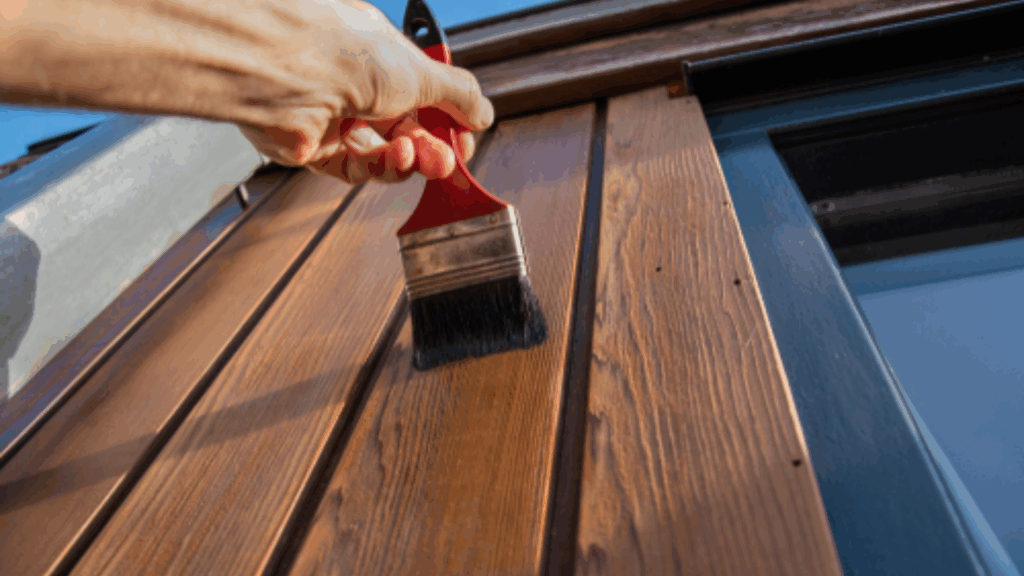
The right paint does more than just cover wood-it protects it from weather, wear, and time.
These key features can help you choose the best exterior paint for strong, lasting results.
- Weather Resistance: Shields against UV rays, rain, and changing temperatures.
- Durability: Holds up over time, reducing the need for frequent repainting.
- Mildew Resistance: Helps prevent mold growth in damp or humid areas.
- Color Retention: Keeps your paint vibrant and fresh-looking longer.
- Ease of Application: Applies smoothly for both DIYers and pros.
Application Tips for the Best Exterior House Paint
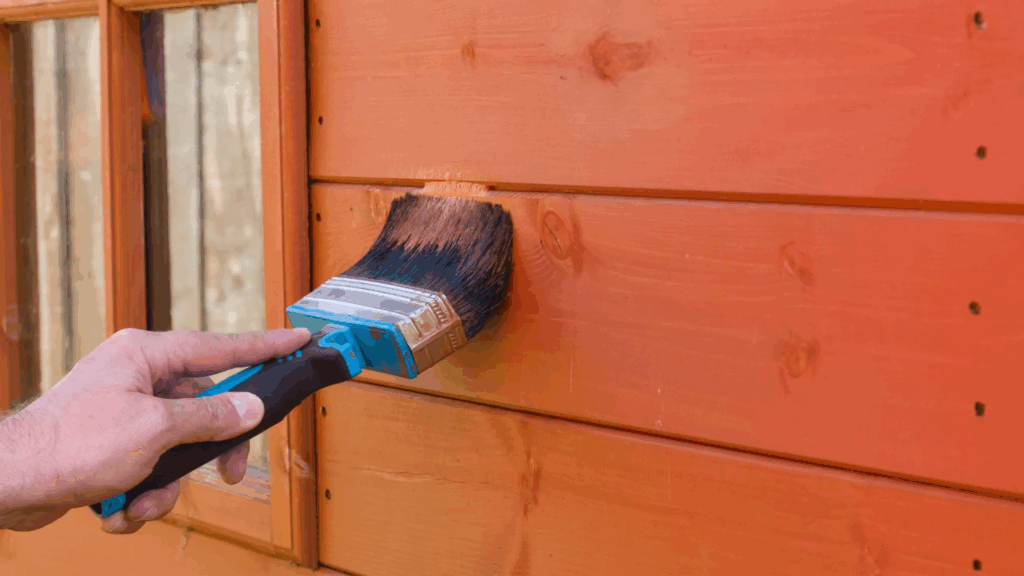
Even the best exterior house paint won’t last if it’s not applied correctly.
Follow these simple tips to get a smooth finish that stands up to weather and time.
- Clean the Surface: Remove dirt, mildew, and old peeling paint before starting.
- Sand Rough Spots: Smooth surfaces help paint stick better and last longer.
- Use Primer: Apply a quality primer, especially on bare or patched wood.
- Paint in Good Weather: Aim for mild, dry days to help the paint dry evenly.
- Use the Right Tools: Brushes for trim, rollers for siding, and sprayers for large areas.
Conclusion
Picking the best outdoor paint for wood makes a big difference in how your project looks and how long it lasts.
I’ve learned that using the right type of paint helps protect wood from rain, sun, and daily wear.
It also keeps the color looking nice and saves time on repairs later.
If you go with acrylic, latex, or oil-based paint, what matters most is matching the paint to the job.
If you’re painting a fence, shed, or trim, make sure to look for features like weather resistance, mildew protection, and easy application.
A little prep work-ike cleaning, sanding, and priming, also goes a long way.
I always feel more confident starting a project when I know I’ve picked the right paint for the job.
If you want your outdoor wood to stay strong and neat through every season, a good paint choice and proper steps will help you get there.
Frequently Asked Questions
Do I need to use primer before painting outdoor wood?
Yes, using a primer is a smart step, especially if the wood is bare, stained, or patched. Primer helps the paint stick better, last longer, and gives a smoother finish. Some exterior paints come with primer built in.
How long does outdoor paint last on wood?
With proper prep and quality paint, outdoor wood paint can last 5–10 years. Factors like weather, sunlight, and the type of paint used will affect how long it stays in good shape.
Can I use indoor paint for outdoor wood projects?
No, indoor paint isn’t made to handle outdoor weather. It can peel or fade quickly when exposed to the sun, rain, or temperature changes. Always use paint labeled for exterior use.

